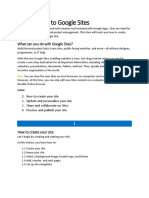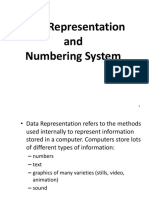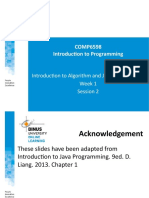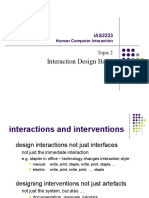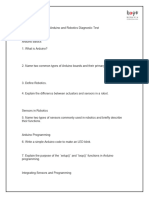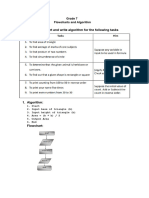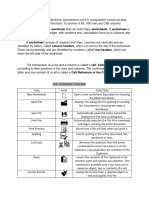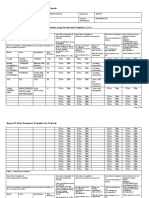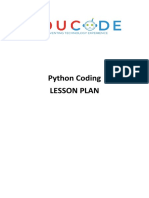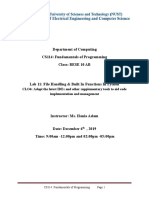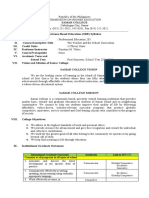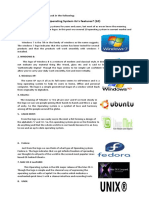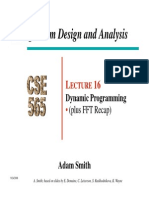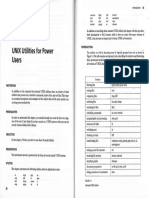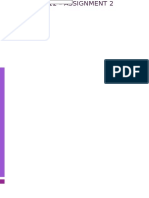0% found this document useful (0 votes)
147 views10 pagesFlowcharts, Algorithm and Pseudocodes
- A flowchart is a diagram that depicts an algorithm using basic shapes and arrows to show the flow of information and processing. It is used to explain a process in various fields.
- An algorithm is a set of steps to solve a problem using operations that are repeated as needed. It can be represented through a flowchart or pseudocode.
- Pseudocode is an informal language used to develop algorithms by detailing the steps in a straightforward textual format using keywords like if/else, loops, and indentation to show dependencies. It helps programmers before writing actual code.
Uploaded by
Tirah KrolCopyright
© © All Rights Reserved
We take content rights seriously. If you suspect this is your content, claim it here.
Available Formats
Download as PPTX, PDF, TXT or read online on Scribd
0% found this document useful (0 votes)
147 views10 pagesFlowcharts, Algorithm and Pseudocodes
- A flowchart is a diagram that depicts an algorithm using basic shapes and arrows to show the flow of information and processing. It is used to explain a process in various fields.
- An algorithm is a set of steps to solve a problem using operations that are repeated as needed. It can be represented through a flowchart or pseudocode.
- Pseudocode is an informal language used to develop algorithms by detailing the steps in a straightforward textual format using keywords like if/else, loops, and indentation to show dependencies. It helps programmers before writing actual code.
Uploaded by
Tirah KrolCopyright
© © All Rights Reserved
We take content rights seriously. If you suspect this is your content, claim it here.
Available Formats
Download as PPTX, PDF, TXT or read online on Scribd
/ 10






